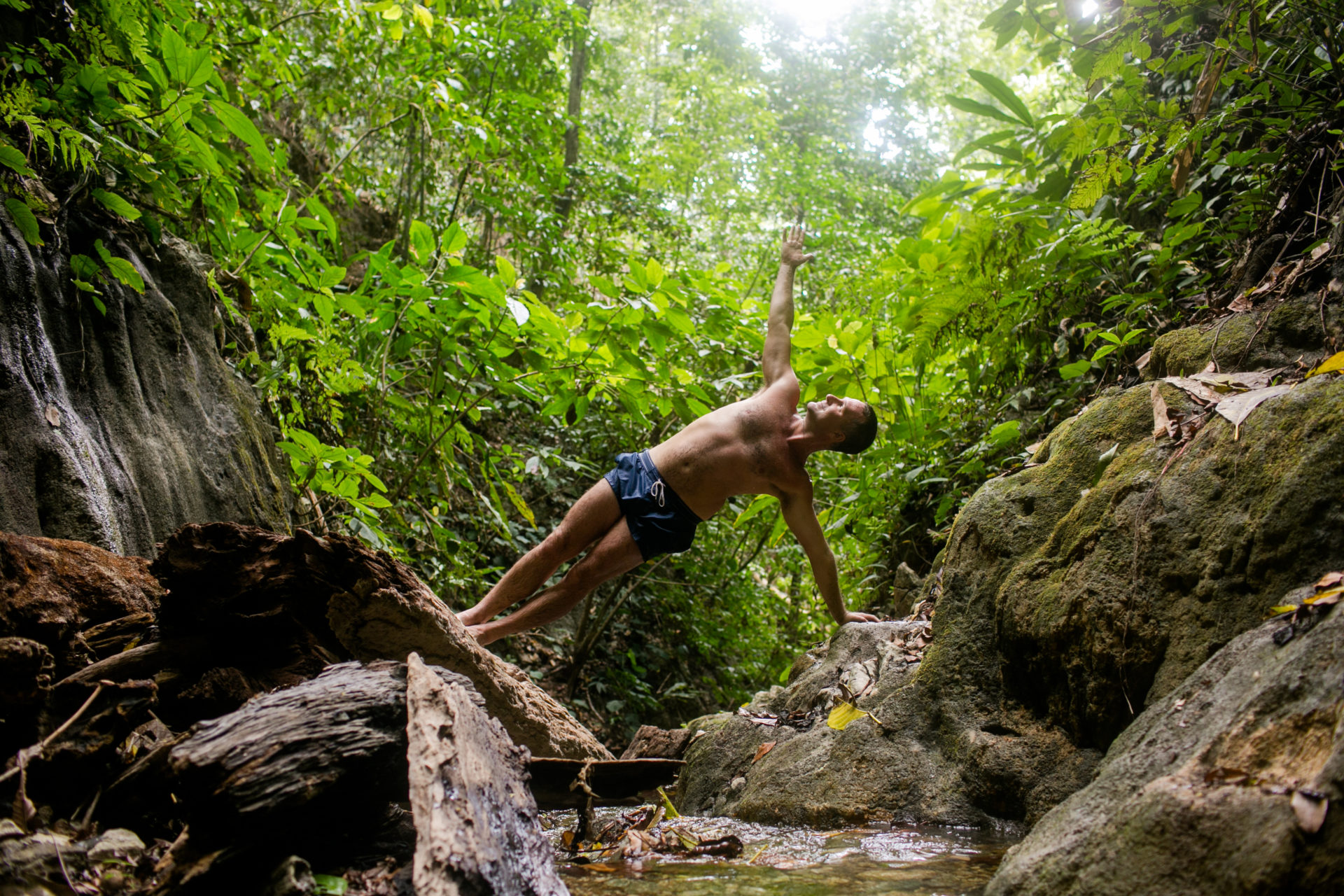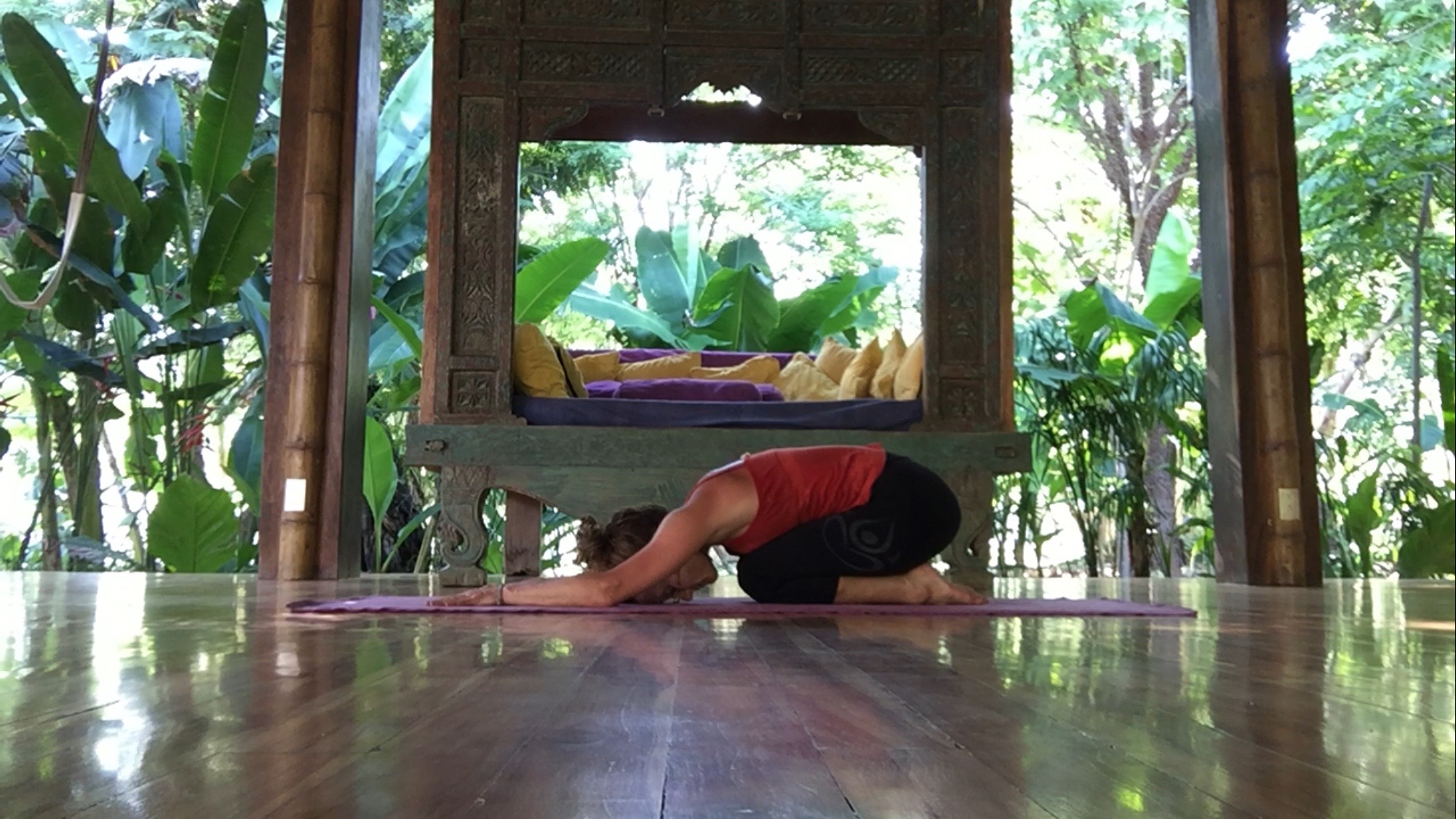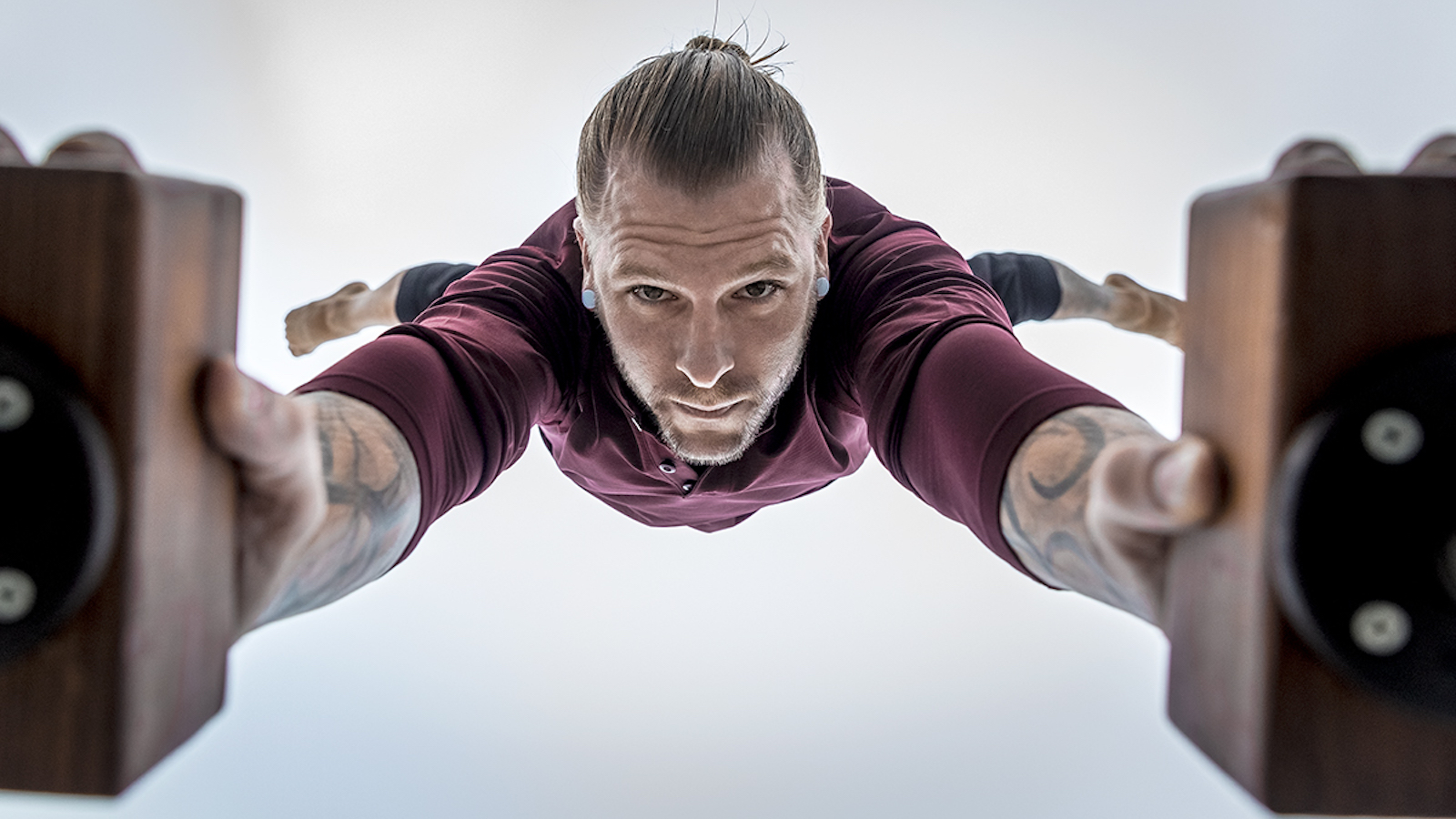“Go to your breath.”
“Focus on your breathing.”
These are two of the most common phrases any student will hear during a yoga class, but what does it mean? For many yogis of all levels, this is sometimes the most confusing, the hardest, and elusive part of the practice. One thing to remember: Yoga goes beyond the asana/posture. Though media fills people’s minds of thin women doing advanced postures, the core of yoga is not asana.
It is the breath.
It is the moment in between moments that brings the focus of the mind in towards meditation. Towards the ability to strengthen and discipline the mind. To be completely present throughout each minute of the day. This takes practice, which starts with…you got it, the breath.
The way in which the yogi breathes is balanced. What does this mean? It means that the breath flows freely through both nostrils, fully and completely. Balanced breath allows the body to relax completely so the mind may be free for meditation. By becoming conscious of the way you breath, the easier it will be to elevate stress, and stay within a bubble of calm.
While there is no one right way for breathing, as everyone’s bodies are built differently, diaphragmatic breathing is one way to quiet the body to ready for meditation, and to also track changes and levels within your breathing. Taking notes on your pranayama practice is always a good idea because you will notice the differences in the level of ability with your breathing exercises.
When you breathe, air moves in and out of the lungs through the bronchial tree pathway. The diaphragm is situated at the roof of the abdominal cavity and the floor of the thoracic. The change that occurs in the abdominal cavity is shape, not volume, and it is this ability to change shape that allows the body to breathe. So, it is ideal to note that as yoga teachers, it is not always good to state a student is breathing incorrectly if there is movement, as this movement is natural. It is letting go of the tense breathing that is the goal. By indicating they are breathing wrong, it may cause some students with respiratory issues to take pause and struggle more than if we direct them to focus on an even breathing pattern.
“The goal of breath training is to free up the system from habitual, dysfunctional restrictions–and the first thing we need to free the breath from is the idea that there’s a single right way to do it.” -Leslie Kaminoff
When you inhale, the diaphragm moves down, pulling the air into your lungs. When you exhale, the diaphragm moves up, expelling the carbon dioxide from the body. The ability for the thoracic cavity to move is what enables the body to breathe, allowing this rhythmic motion. Describing the diaphragmatic breathing as “bulging” and not “expanding” would be more correct.
The way that I teach my students to experience this breathing is first by laying down, placing a hand on their lower abdomen. Taking a couple of breaths naturally, begin to elongate the inhale and exhale. Once you have a rhythm here, begin to focus on your hand, trying to still the chest while breathing, allowing the abdomen to bulge. This is steering the breath. Steer the breath to the lower belly, concentrating on keeping the breaths deep and even. It is good to practice every day, at least 15 minutes.
Again, this is just one of many ways to practice breathing exercises. A really good article by Leslie Kaminoff, who produced “The Future of Breathing” symposium at the Kripalu Center for Yoga and Health, is available for more about the myths and anatomy of breathing.
Jessica teaches yoga privates out of her husband’s chiropractic office in Ohio after moving back from New York where she taught out of Grounded By Yoga in Bloomfield. She loves to teach pranayama and meditation focused classes, and sharing her love of yoga.










